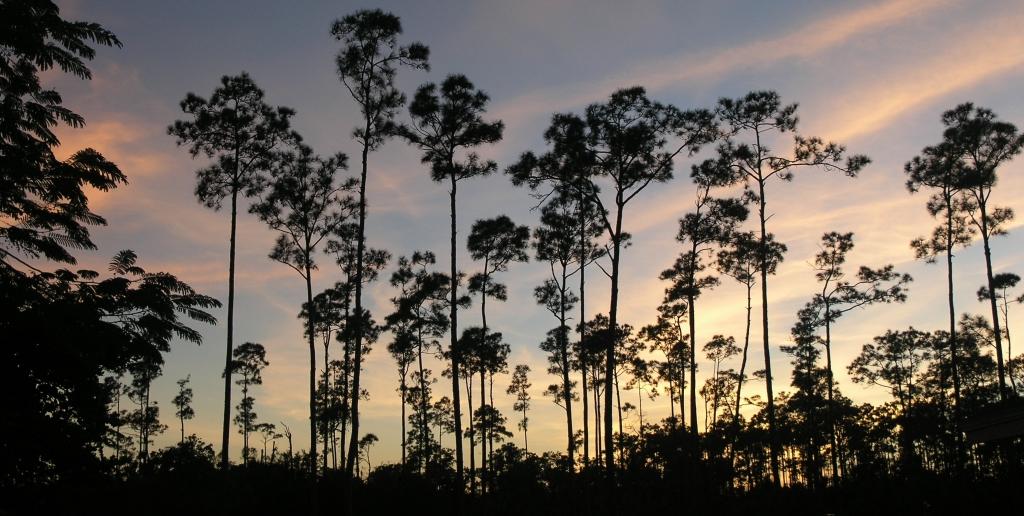Want to visit Everglades National Park but don’t know where to start? You’re not alone. Everglades National Park is HUGE. It clocks in at about 1.5 million acres – roughly the size of the state of Delaware – and is the largest subtropical wilderness in the United States. The park protects about 20% of the original Everglades ecosystem, one of the most important ecosystems on our planet.
Famously called the River of Grass, Everglades National Park is the largest subtropical wilderness in the United States. Its slow-moving waters and vast ecosystems, from freshwater marshes to pine rocklands, are home to unique wading birds and more than 70 federally threatened and endangered species. It is also the only place in the world where both alligators and crocodiles co-exist.
There is so much to do and so much to see at Everglades National Park that one visit won’t be enough, but here are some tips to make your first trip a success:
What to Know
- Dry season (December – April) is the best season to visit for cooler temperatures, fewer mosquitoes, and easier wildlife spotting
- Early morning is the best time of day to visit for more comfortable temperatures and wildlife activity
- A standard entrance pass costs $35 or $70 for an annual pass
- Food options are limited. Make sure to pack lunch and snacks!
- Cell service is limited. Download maps before you go
- Stay on marked trails and keep a safe distance from wildlife
Where to Go
Everglades National Parks has three visitor centers and a fourth one in the works. Each offers a slightly different experience.
- Shark Valley Visitor Center (Miami) – Perfect for first-timers. Features the Shark Valley Visitor Center, a 15-mile loop (bike, tram, or walk) with excellent wildlife viewing, and an observation tower with 360-degree views.
- Ernest F. Coe Entrance (Homestead) – Main entrance and close to Royal Palm which has two trails, Anhinga and Gumbo Limbo, famous for wildlife sightings.
- Guy Bradley Visitor Center (Flamingo) – Located 38 miles south of the main entrance and features camping, hiking, kayaking, canoeing, and bicycle rides along Florida Bay.
- Marjory Stoneman Douglas (Everglades City) – The Gulf Coast Visitor Center opens early December and is the launch point for sightseeing boat tours to the famed mangrove estuary of the Ten Thousand Islands.
What to Bring
- Sun protection (hat, sunscreen, sunglasses)
- Insect repellent (critical during wet season)
- Refillable water bottle
- Lightweight, breathable clothing
- Sturdy shoes (water shoes or old sneakers for water-based activities)
- Binoculars for birdwatching
For more information, visit Plan Your Visit to Everglades National Park.
